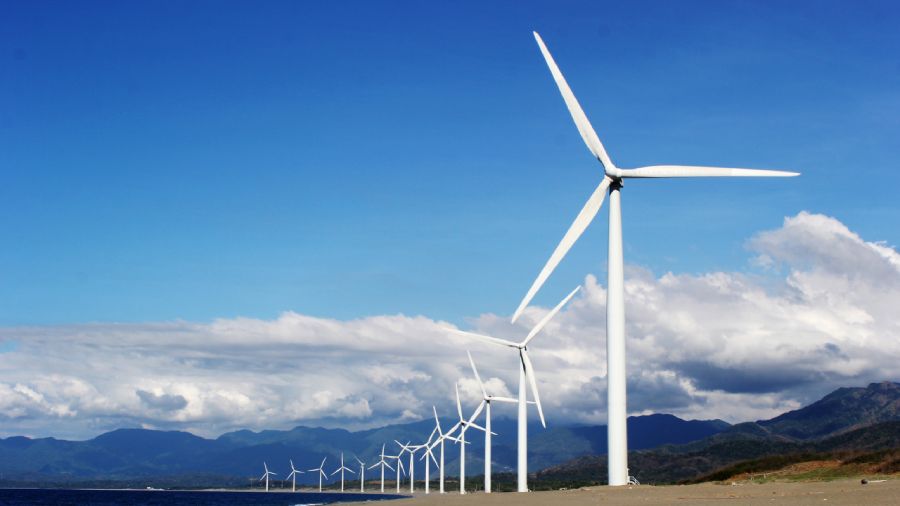Energy consumption remains an issue that has been impacting households, businesses as well as whole communities in Canada. Due to the rising electricity demand, a number of individuals are exploring new opportunities for powering their homes without being irresponsible to the environment.
Renewable energy projects in Ontario are also on the rise and one of the most visible projects that are contributing to this trend is wind energy. The existence of Ontario wind turbines in the rural landscapes reveals that the province is gradually making transitions towards sustainable energy solutions.
Reliable Energy with Local Benefits
Wind turbines generate clean energy unlike the traditional power plant which uses fossil fuel to produce electricity. This system has a two-fold benefit; it will not only decrease carbon emissions but it will help decrease the reliance on imported energy.
This has led to greater local investment, creation of employment opportunities in the process of turbine construction and long term benefits of renewable infrastructures to the communities in rural Ontario.
In 2021, Ontario had a generating capacity of 5,575 MW from wind power — meaning that capacity of wind turbines made up a substantial part of Ontario’s zero-carbon electricity portfolio. Reliability is another strength.
Whereas the older energy systems fail to sustain peak periods, newer wind plants can provide their consistent quantities of power that can be associated with other renewable energies, including solar energy. This is beneficial in that communities get access to affordable electricity and also aid in a healthier environment.
Supporting Off-Grid Living
Ontario has always been home to people who prefer more independent lifestyles. To the rural or remote population, the conventional power lines may not be cost-efficient to maintain and expanding them to new locations may be even more costly.
It is at this point that renewable energy systems become especially valuable. Many households are opting to go for off-grid Ontario setups with solar panels, batteries, and wind power in order to enjoy energy independence.
These systems let households manage their energy use sustainably and avoid increasing electricity bills. Off-grid renewable energy solutions are often a necessity for families living distant from city centers.
Economic and Environmental Advantages
Renewable energy is also an investment that saves costs in the long term. After the installation of a wind turbine or a solar facility, the maintenance costs are minimal in comparison with the monthly utility payments. Communities will also enjoy the reduced costs in the long run, as well as the clean local environment.
In 2024, about 84% of Ontario’s electricity was from non-emitting sources, with the remaining ~16% supplied by natural gas. In addition, renewable projects in Ontario have resulted in the formation of partnerships between governments, local residents and individual companies. Such alliances allow it to finance infrastructures and make sure that communities experience the tangible benefits, i.e., stable electricity and community development programs.
Conclusion
Renewable energy in Ontario is not just a trend but a sustainable future not only to the home but also to the community. With the widespread presence of wind turbines and the autonomy that off-grid living brings, renewable energy is helping the province to reduce costs and environmental protection and also offer citizens new opportunities. Ontario still leads the way in producing a better and more sustainable energy environment through these changes.
